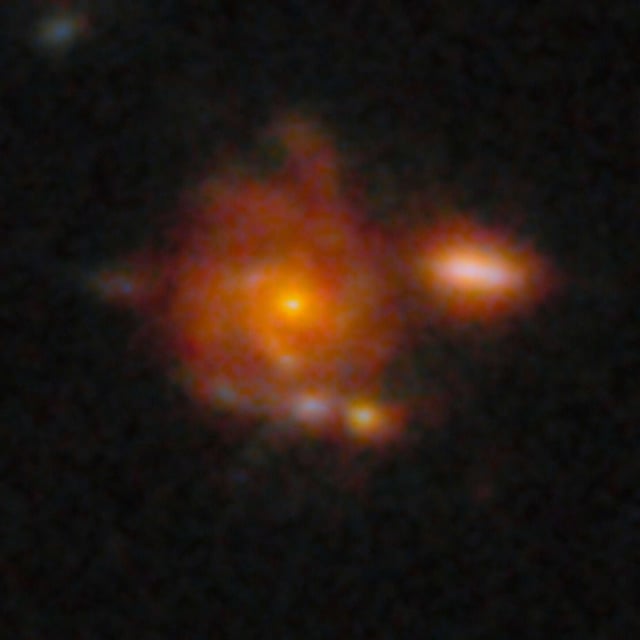Overview
- Zhulong, a spiral galaxy with a 60,000-light-year diameter and over 100 billion stars, was observed using the James Webb Space Telescope's Panoramic Survey.
- The galaxy's structure, including a central bulge and spiral arms, mirrors the Milky Way's and defies models suggesting such formations require billions of years.
- This discovery, published in *Astronomy & Astrophysics*, questions hierarchical galaxy formation theories that rely on gradual mergers of smaller systems.
- The Panoramic Survey's parallel sky scans were instrumental in detecting Zhulong, highlighting their potential to uncover rare cosmic phenomena.
- Researchers plan follow-up observations with JWST and ALMA to investigate Zhulong's formation history and refine models of early galaxy evolution.
